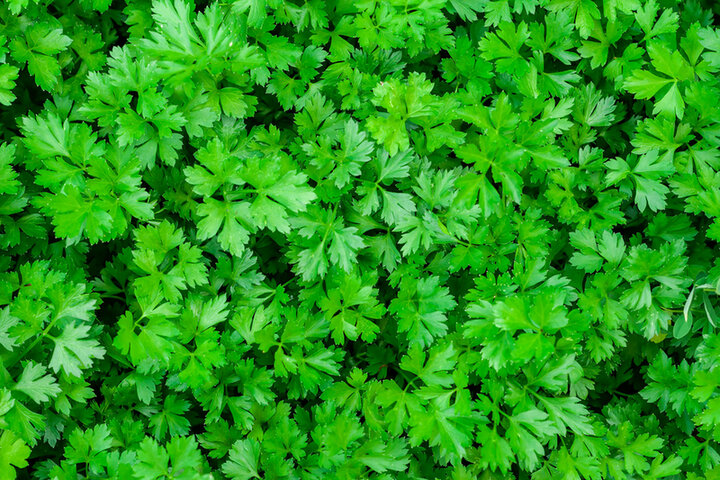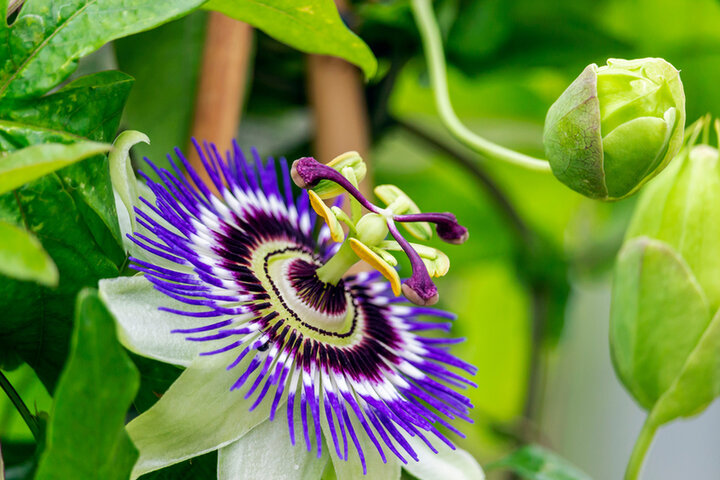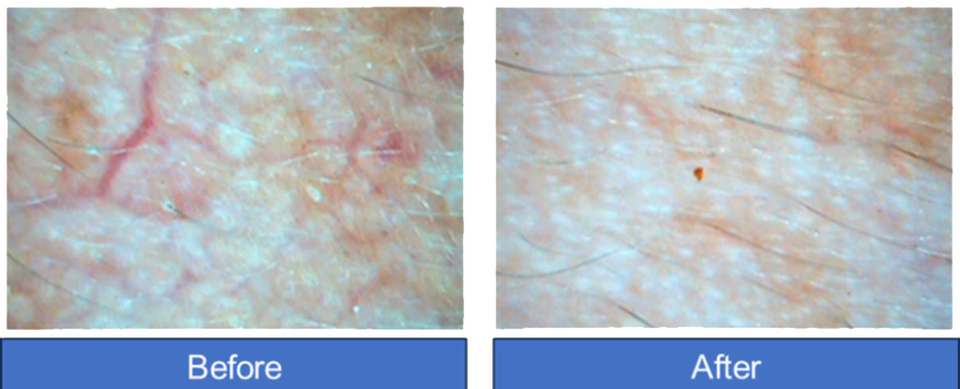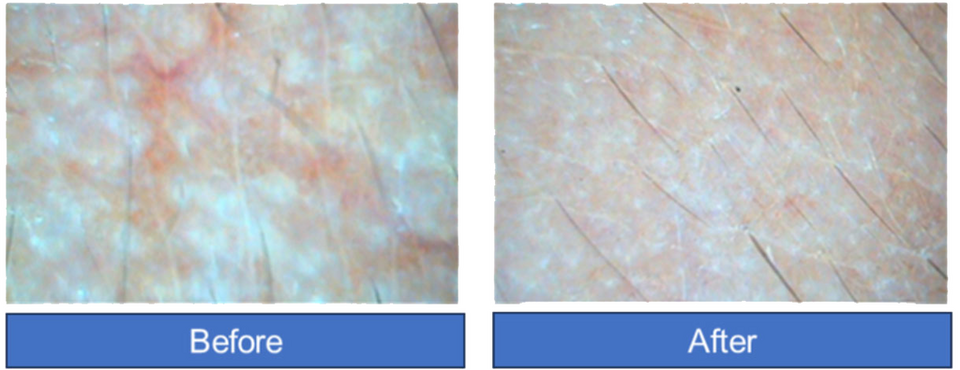The fusion of prehispanic and medieval european herbolarium in modern cosmetology:
A harmonious blend of tradition and innovation
Born in 1922 in Milan (Italy), Esperis has been synonymous of innovation and excellence in the research, development and production of high-quality raw materials.
The perfect balance between tradition, passion and experience has allowed us to offer our loyal customers a wide range of ingredients for cosmetic, perfumery and pharmaceutical use for the domestic and international market.
Essential oils and vegetable oils, Hormo Fruits®, butters, plant extracts, fragrances and distilled waters are our best-sellers that meet the needs of quality-conscious consumers.
Esperis’ experience is rooted in botanical species typical of the Mediterranean basin; to expand and diversify the range of solutions offered to our customers, we started a strategic, technical and commercial collaboration with Bioingre, Bioingredients research Srl, an Italian-Mexican company, specializing in the production of extracts from endemic plants and fruits of Mexico.
This project is based on the principle shared by Esperis and Bioingre: by drawing inspiration from ancient herbalist traditions, unexpected solutions can be developed that perfectly fit modern cosmetology, enabling formulators to meet any new trend and market need.
The mission of Esperis and Bioingre is a strong commitment to sustainability: respecting the delicate balance between botanical abundance and local conservation, Bioingre employs responsible sourcing practices while Esperis applies production methods in line with the policy of reducing environmental impact.
BACKGROUND
The rich heritage of herbal knowledge from pre-Hispanic civilizations and European herbal traditions has provided a timeless cultural legacy.
While the historical uses of these botanicals set the foundation, modern consumers are increasingly looking for natural skincare solutions validated for effectiveness and safety.
Studies on the antioxidant, hydrating and antimicrobial properties of these herbs provide a scientific basis for their inclusion in cosmetic formulations.
In this context, ACTIVE BRIGHT stands out as an exemplar.
The increasing desire to achieve even skin tone and to reduce hyperpigmentation has driven the exploration of natural ingredients with potential skin lightening properties.
Among the various botanical extracts, parsley, Passiflora, and lemon have gained attention for their reputed skin-brightening effects.
This article delves into the synergistic actions of these extracts, shedding light on their mechanisms of action to create a complete approach to hyperpigmentation and to achieve a successful skin whitening formula.
- Parsley (Petroselinum crispum) (Figure 1), is rich in bioactive compounds, including flavonoids, carotenoids, and vitamin C [1]. These constituents contribute to its antioxidant properties, offering potential benefits for skin health. Parsley's skin-whitening effects are attributed to the inhibition of melanin production [2]. Flavonoids, such as apigenin, exhibit tyrosinase inhibition, a key enzyme in melanin synthesis. Additionally, the high vitamin C content in parsley contributes to its skin-brightening effects by suppressing melanin formation and promoting collagen synthesis, enhancing overall skin radiance [3].
- Passiflora (Passiflora incarnata) (Figure 2), commonly known as passionflower, boasts a diverse range of phytochemicals, including flavonoids, alkaloids, and vitamins [4]. The flavonoids in Passiflora, such as quercetin and kaempferol, exhibit anti-inflammatory and antioxidant properties [5]. These attributes contribute to the inhibition of melanin production by decreasing oxidative stress and inflammation in the skin. Furthermore, Passiflora extracts may regulate melanogenesis by modulating the expression of melanogenic enzymes [6]. The combination of these mechanisms’ positions Passiflora as a potential contributor to skin whitening formulations.
- Lemon (Citrus limon) (Figure 3), is renowned for its high vitamin C content and natural acidity [7]. Vitamin C, a potent antioxidant, plays an essential role in inhibiting melanin production by interfering with tyrosinase activity [8]. The acidity of lemon extract also contributes to gentle exfoliation, promoting the removal of hyperpigmented skin cells [9].

Figure 1. Parsley (Petroselinum crispum).

Figure 2. Passiflora (Passiflora incarnata).

Figure 3. Lemon (Citrus limon).
EFFICACY STUDY
An in vivo clinic was conducted to evaluate the anti-dark spot and illuminating efficacy of the active ingredient.
The volunteers, women aged 30 to 55 years, applied once a day a night cream containing 2% ACTIVE BRIGHT for 15 days.
The facial skin condition diagnosis was performed at T0 and T15days with an ARAMO-SG Skin Diagnostic equipment; the parameter considered was skin transparency.
ACTIVE BRIGHT has proven to be extremely effective in reducing dark spots and improving overall skin brightness.
Figure 4 shows a detail of the skin of two volunteers and the very positive result obtained after 15 days of treatment.

Figure 4. Example #1 of subject treated with a cream containing 4% phyto-complex.
Face photographs before and after night application for 15 days.

Figure 4. Example #2 of subject treated with a cream containing 2% phyto-complex.
Face photographs before and after night application for 15 days.
CONCLUSION
ACTIVE BRIGHT is a traditional and modern ingredient, Mediterranean and exotic, meeting the needs of young and mature skin, inclusive.
It perfectly fit with the skinification trend: its ideal application is not only skin care, but also functional make-up, designed to minimise routine and maximise benefits.
In fact, the Glow skin trend, that started during the pandemic, is still very much alive today, embracing all ages: the result sought is radiant, natural and effortless skin.
ACTIVE BRIGHT can only be the perfect star ingredient of an illuminating primer.
References and notes
- Punoševac M, Radović J, Leković A, Kundaković-Vasović T. A review of botanical characteristics, chemical composition, pharmacological activity and use of parsley. Arch Pharmacy. 2021;71, notebook 3. doi: https://doi.org/10.5937/arhfarm71-31544
- Liu, JK. Natural products in cosmetics. Nat Prod Bioprospect 2022;12,40. doi: https://doi.org/10.1007/s13659-022-00363-y
- Sarwar S, Ayyub MA, Rezgui M, Nisar S, Jilani MI. Parsley: A review of habitat, phytochemistry, ethnopharmacology and biological activities. Int J Che. Biochem Sci 1916;9 49-55.
- Nikolova K, Velikova M, Gentscheva G, Gerasimova A, Slavov P, Harbaliev N, Makedonski L, Buhalova D, Petkova N, Gavrilova A. Chemical Compositions, Pharmacological Properties and Medicinal Effects of Genus Passiflora L.: A Review. Plants 2024; 13;228.-248. doi; https://doi.org/10.3390/plants13020228
- Bendini, A., Cerretani, L., Pizzolante, L. et al. Phenol content related to antioxidant and antimicrobial activities of Passiflora spp. extracts. Eur Food Res Technol 2006;223, 102–109. doi: https://doi.org/10.1007/s00217-005-0150-7
- Smruthi R, Divya M, Archana K. The active compounds of Passiflora spp and their potential medicinal uses from both in vitro and in vivo evidences. J Adv Biom Pharm Sci 2021;4,45-55. doi: 10.21608/jabps.2020.44321.1105
- Sengupta S, Banerjee S, Nayek SN, Das P, et al. A brief comparative study of the natural sources (lemons) in the basis of protein, vitamin C, their antibacterial, anthelminthic and cell viability on immune cells. Int J Herbal Med 2023;11, 14-21. doi: https://doi.org/10.22271/flora.2023.v11.i5a.883
- Sanadi RM, Deshmukh RS. The effect of Vitamin C on melanin pigmentation - A systematic review. J Oral Maxillofac Pathol. 2020;24, 374-382. doi: 10.4103/jomfp.JOMFP_207_20.
- Jahan F, Happy AA. Revolutionizing plant-based extracts for skin care and therapeutics, Editor(s): Siti Hamidah Mohd Setapar, Akil Ahmad, Mohammad Jawaid, In Micro and Nano Technologies. Nanotechnology for the Preparation of Cosmetics Using Plant-Based Extracts. Elsevier, 2022,75-130. doi: https://doi.org/10.1016/B978-0-12-822967-5.00010-2

The CosmeticLAB in a nutshell
The CosmeticLAB of Mérieux NutriSciences, a pivotal branch of the global Mérieux NutriSciences Corporation, excels in the cosmetic sector with a commitment to ensuring product efficacy, safety and quality. Leveraging state-of-the-art technology and stringent testing methodologies, we offer comprehensive services, including chemical, microbiological, and efficacy evaluations. Our expertise also extends to sensory and consumer studies, ensuring that cosmetics meet both industry standards and end users expectations. As pioneers in cosmetic testing, we are dedicated to innovation, sustainability, and client-focused solutions. This commitment is encapsulated in “Our science, your beauty”, reflecting our dedication to enhancing beauty through scientific excellence.

